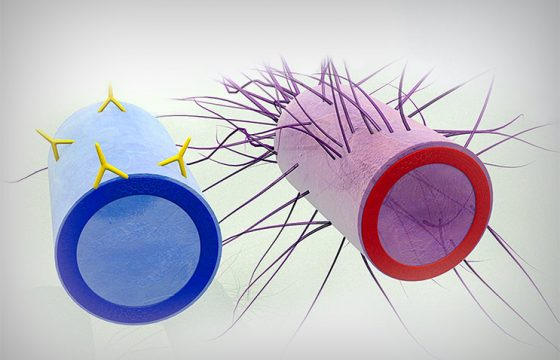Do you want to know the basics about the milking machine? (PART 2)
In this Quick talk session, Rafael Ortega explains very briefly the second part of the milking machine. Focusing on the importance of liners, pulsation and vacuum level, or as he calls it “The Triad”, and the role that these factors play in the prevention of bovine mastitis.
During this session, we review the impact of a milking system on milk quality, and the need for all milking systems to be adjusted to the same rhythm.
On the subject of liners, Rafael emphasises the need for proper maintenance and shares some practical advice on choosing the right liners and what to look out for.
What is the ideal vacuum?
Regarding the vacuum level for the teat end (the magic question: “What is the ideal vacuum?”), well, it depends! The type of milking, the routine, the breed and age of the cows, and the milk flow, among other factors. Withdrawal limits to avoid over-milking.
Pulsation and the differences between the pulsation ratio (phase A and B) and the milking/massage ratio (phase C and D) are very important. Are you sure about them? Rafael reminds us about them and explains them in an instructive way.
Measuring hyperkeratosis in animals is an important, basic aspect to always be considered in milk quality.
We thank Rafael for his collaboration with these two sessions, which help us to review the milking machine from a practical point of view.


